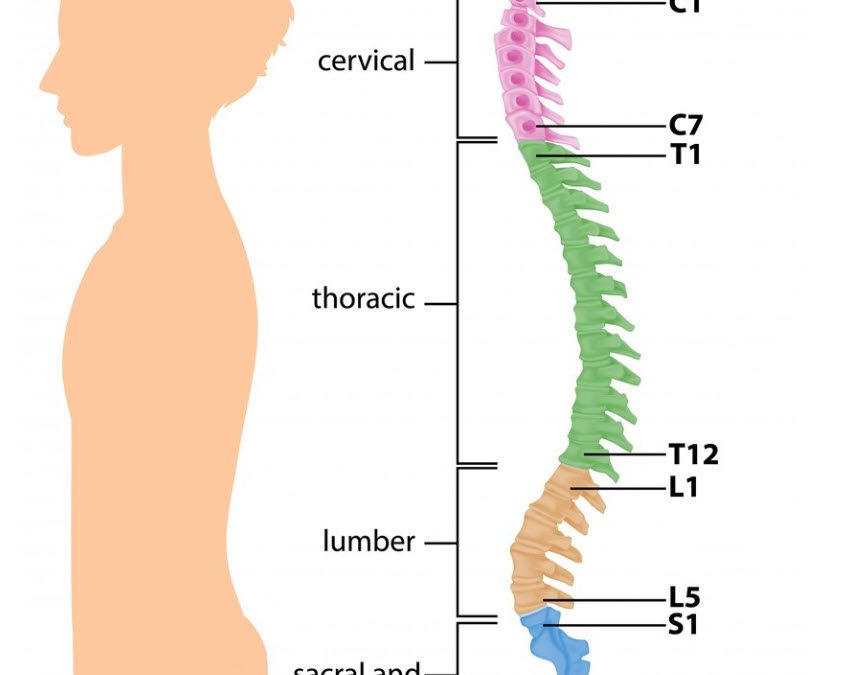


Is minimally invasive spine surgery the right choice for you?
If you’re grappling with persistent back pain, chances are you’ve come across ads for minimally invasive spine surgery. These ads often depict the procedure as quick and simple, with claims that the incision can be closed using just a Band-Aid. Despite the...
Is Neck Pain the Culprit Behind My Headaches?
Everyone has experienced that dull ache in the neck that eventually becomes a headache. There are many causes, and most are not a result of a serious condition; an aspirin or other pain reliever usually does the trick. If you experience these headaches frequently,...
Minimally Invasive Surgery Revolutionizes Spine Surgeries
Spine surgery does not have to be as scary today as it was before advances in technology have brought about minimally invasive surgery techniques. This type of surgery avoids the traditional method of making large open incisions to access the spine. Newer technologies...
